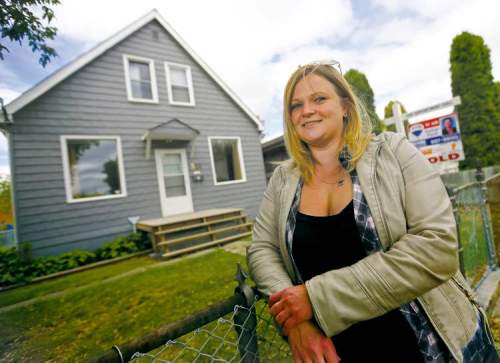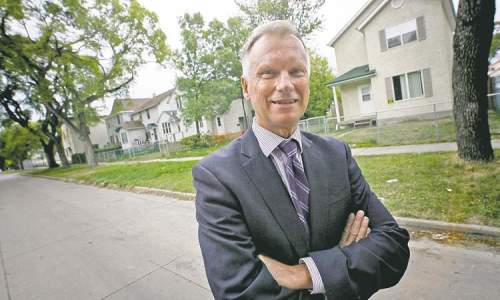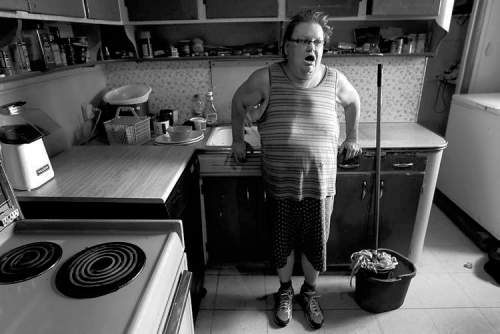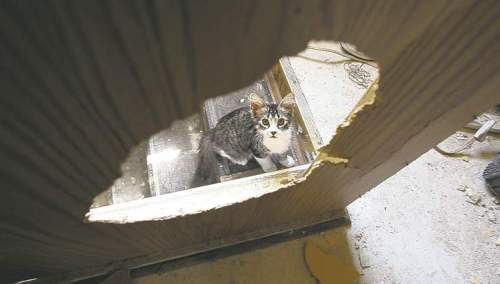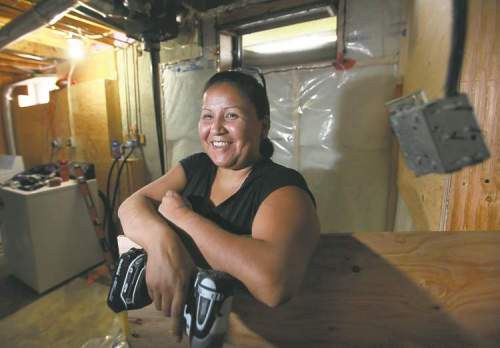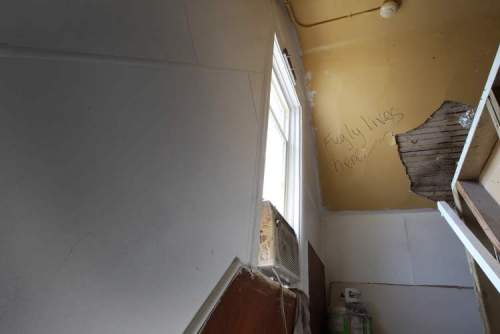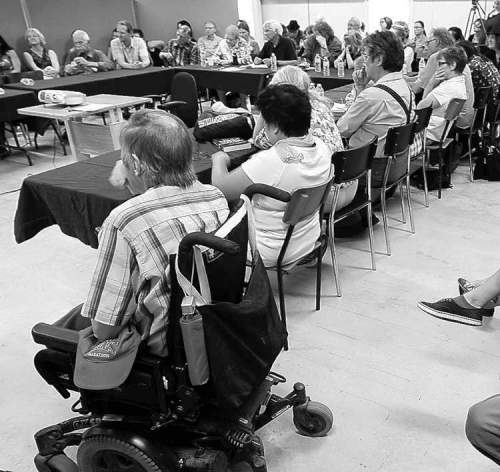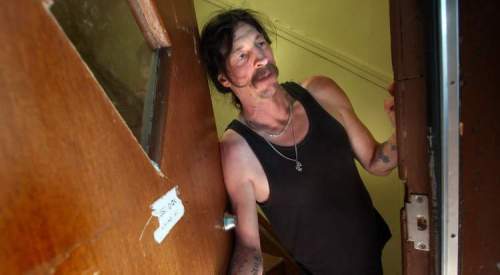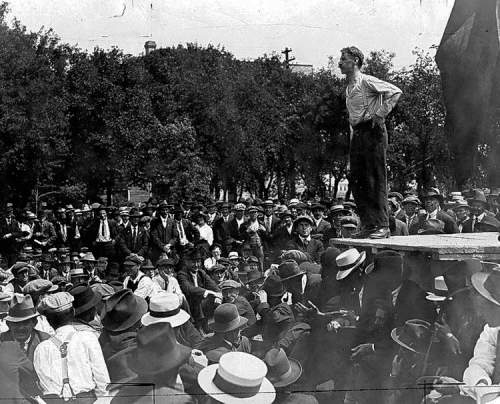Bottom Lines, Dividing Lines
Richest Manitobans see biggest growth
3 minute read Saturday, Feb. 9, 2013OTTAWA -- The wealthiest people in Manitoba saw their incomes rise more than 50 per cent during the last three decades, leaving the rest of the province's income-earners in their dust.
While the median income of all Manitobans increased between 1982 and 2010, the gap between the top one per cent and the other 99 per cent grew significantly, a Statistics Canada report shows. Median can be defined as a number in the middle, the point at which there is an equal amount of numbers above and below.
The median income of the 5,305 Manitobans who were among the wealthiest one per cent of Canadians in 2010 was $276,600, up 51 per cent, or $97,900 since 1982. The median income of Manitobans in the bottom 99 per cent of Canadians rose 18.5 per cent, or just $4,400 in that same time frame.
The bottom 50 per cent in Manitoba saw a median income increase of just $2,600.
Advertisement
A tough slog for first-time homebuyers
4 minute read Preview Thursday, Oct. 11, 2012One person fixes a lot of blight
4 minute read Preview Wednesday, Sep. 12, 2012Renovated out of reach: Upgrades boost rent, force tenants out
3 minute read Preview Saturday, Sep. 1, 2012Raise the (welfare) rent, inner-city advocates say
7 minute read Preview Friday, Aug. 31, 2012Commons answers prayers
4 minute read Preview Thursday, Aug. 30, 2012Core homes go green for free
3 minute read Preview Wednesday, Aug. 29, 2012Transforming an eyesore into a model society
5 minute read Preview Tuesday, Aug. 28, 2012Home, decrepit home
6 minute read Preview Monday, Aug. 27, 2012An end to the perpetual welfare trap?
5 minute read Preview Wednesday, Aug. 22, 2012The problems many neighbourhoods face seem overpowering — but some refuse to abandon hope
10 minute read Preview Saturday, Aug. 11, 2012Divided we stand: as middle class shrinks, gap between Winnipeg’s rich and poor widens
11 minute read Preview Saturday, Jun. 16, 2012Economic inequality at root of Winnipeg General Strike
4 minute read Preview Saturday, Jun. 16, 2012Why you should care about the gap
3 minute read Preview Saturday, Jun. 16, 2012History lessons and hope
6 minute read Preview Saturday, Jun. 16, 2012LOAD MORE


